To finish the year, I’ll write about one of those unique, special, hypnotizing places in Japan, which like many others, almost nobody knows. Everyone has heard about Nagasaki, its sad reputation precedes it, so much that a very interesting place like Hashima is eclipsed, when in reality it should be a more than well-known attraction. For me, I discovered it like so many others thanks to Skyfall, the 2012 James Bond movie, that filmed only exterior shots.
HISTORY
Hashima is an island located 15 km southwest of Nagasaki. Initially it was just an islet, but today it measures 480 meters long and 150 meters wide. In the subsoil of this area of the sea, coal was found in 1810. In 1887, a mine began to be built.
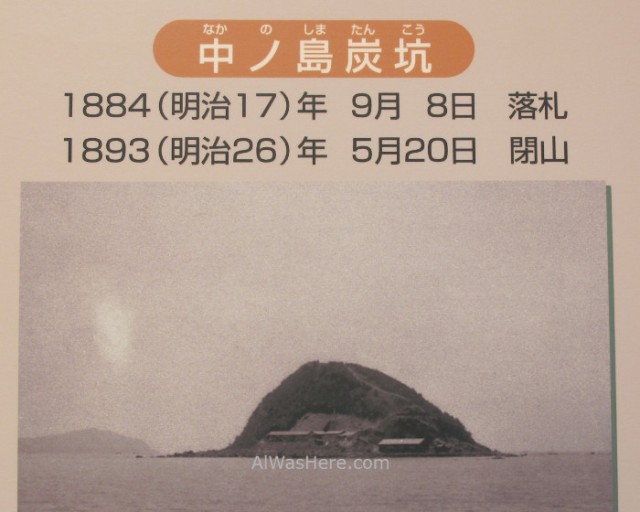
The Mitsubishi company, the same company that continues to manufacture cars today, buys the island in 1890 and begins to exploit it.
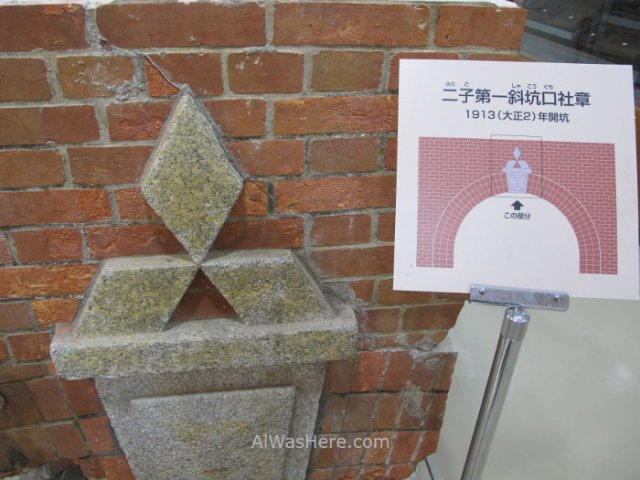
They soon realized that they needed more workers and, at that time, the most advantageous was that they lived there, so walls were built, the size of the island was enlarged and the number of buildings was increased (the 7th floors building was the first in Japan built with reinforced concrete, in 1916). The nickname “Gunkanjima” means “battleship island”, because of the appearance of the buildings in the distance.
The workers moved with their families, a school, a hospital, shops, restaurants and even a public bath and a pachinko were built, and in a few years, that islet became the most densely populated place on the planet. There were 5259 people living there in 1959. In 1974 the mine ceased to be profitable, so it closed, and the island was abandoned.
Exposed to the elements in an area where typhoons occur, today is completely in ruins, causing a poetic sense of the ephemeral.
ACCESS
Free access is not allowed, so to visit it you have to do it through an excursion. It is advisable to book in advance, especially on weekends. The price includes 300 ¥ of obligatory payment to be able to disembark on the island.
All companies offer two types of tours, one in which you disembark and another in which you do not (you can only see the island from the boat), the latter being cheaper, less popular and less frequent. Tours can be canceled due to bad weather; if it is not not cancelled but you can not disembark and you only see the island from the ship, you get a partial refund (around 10%). You have to be at the meeting point between 20 and 40 minutes before boarding, as apart from finalizing procedures and payments, a small talk about the island is usually given.
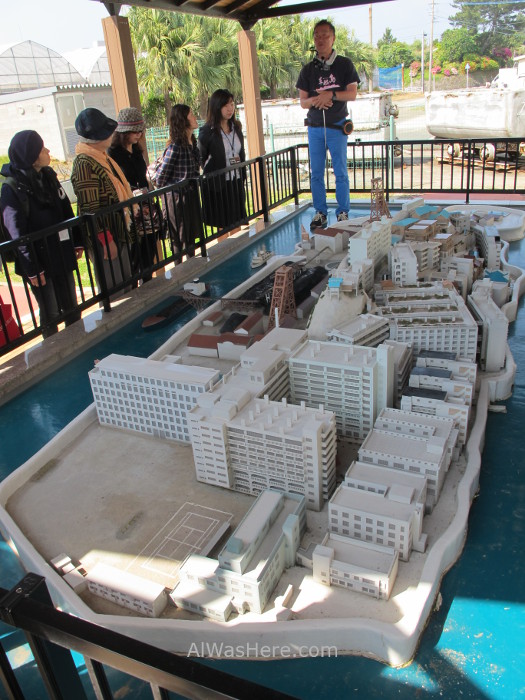
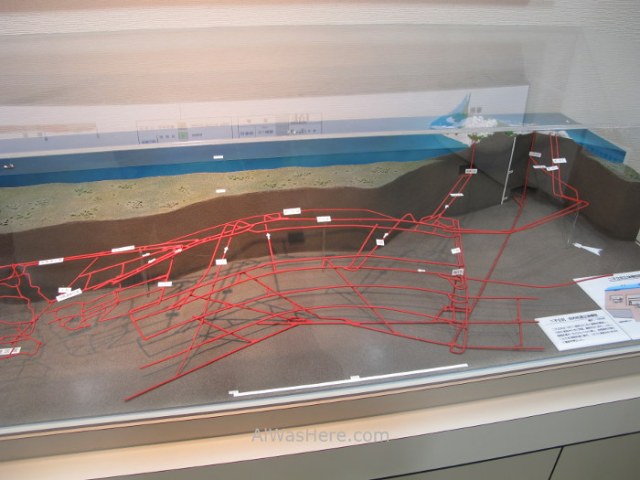
All excursions last approximately 3 hours. The main companies are:
| Company | Schedule | Price per adult (¥) | Starting point | Language |
| Gunkanjima Concierge Company | 10:00
13:15 |
4.300 | Tokiwa terminal , (Ourakaigandori tram stop) | Japanese plus audioguide for foreigners |
| Gunkanjima Cruise | 9:10
14:00 |
3.900 | Nagasaki Port Ferry Terminal (Ohato station) | Japanese |
| Yamasa Shipping | 9:00
13:00 |
4.500 if it’s less than 15 people, 3.940 if more | Japanese |
VISIT
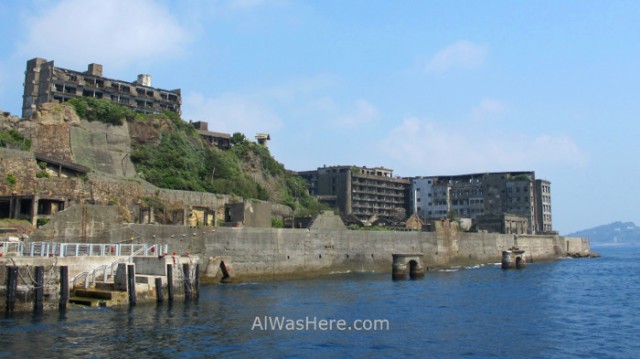
Unfortunately the visit lasts only an hour and it is not allowed to approach the buildings given the poor state of conservation. The truth is that it is a bit disappointing, but it is what is allowed, unless a special permit is obtained, only for journalists and professional photographers.
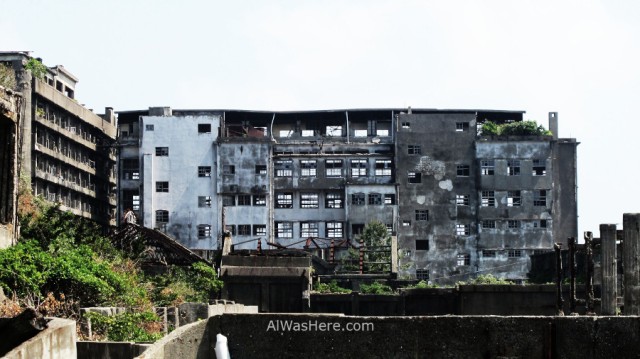
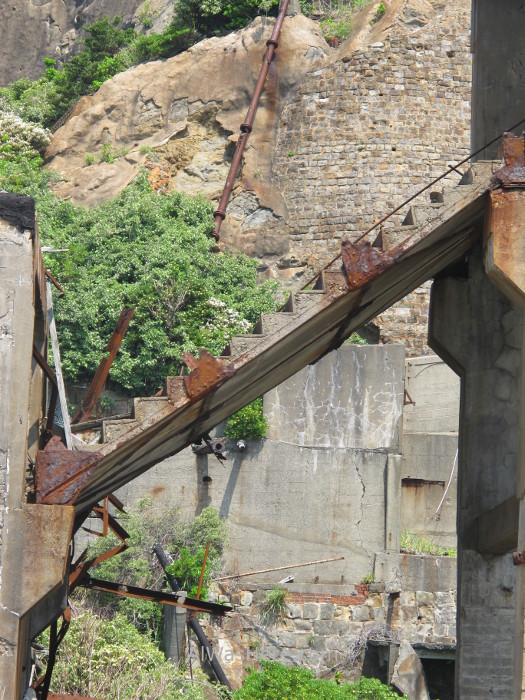
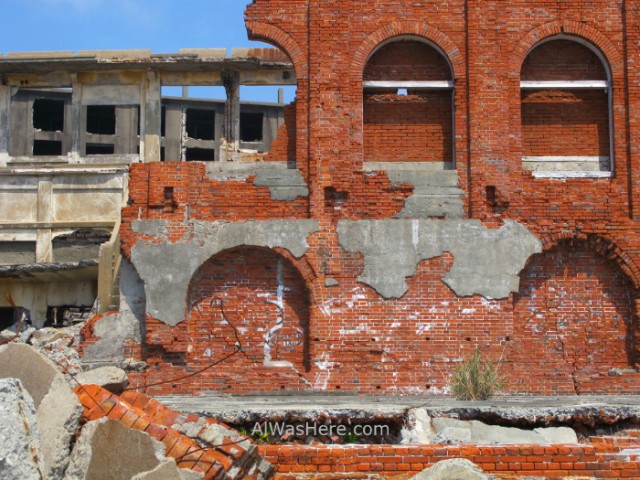
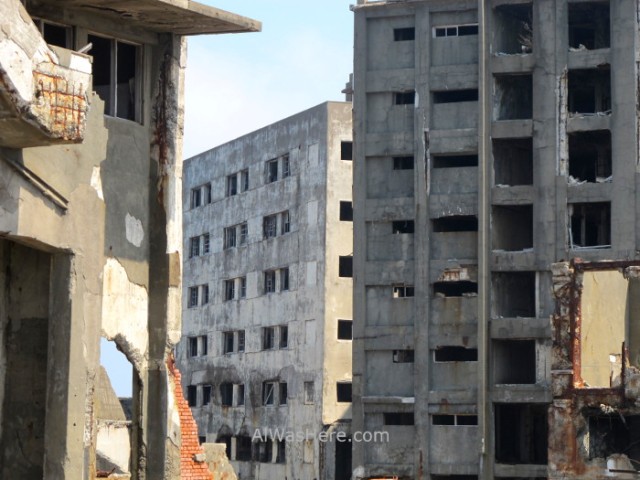
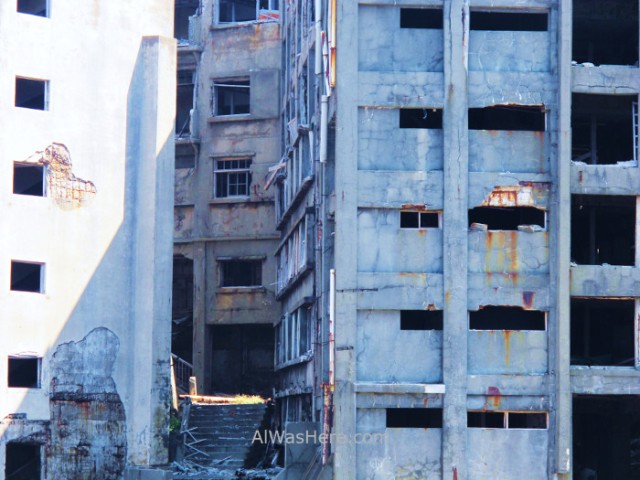
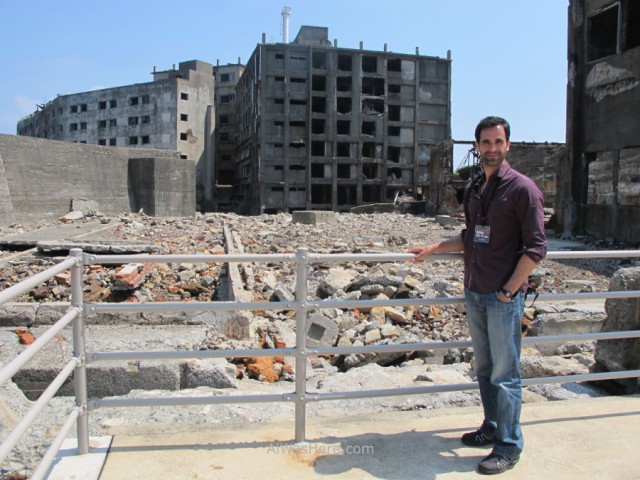
Luckily, at least we can explore the access parts closed to the island through Google Street View. The following images are all Google images of the area closed to the public, most of the housing and services sector:
And when you’re leaving, you realize that there are fishermen spending the morning so quietly on the wall, how is that possible? Made the law, made the trick: it is forbidden to enter the island without permission, but it is not prohibited to climb the outer dock, so if you have your own boat, nobody can prevent you from going to spend a day fishing or walking around the island without getting off the wall, which surely allows excellent photographs.
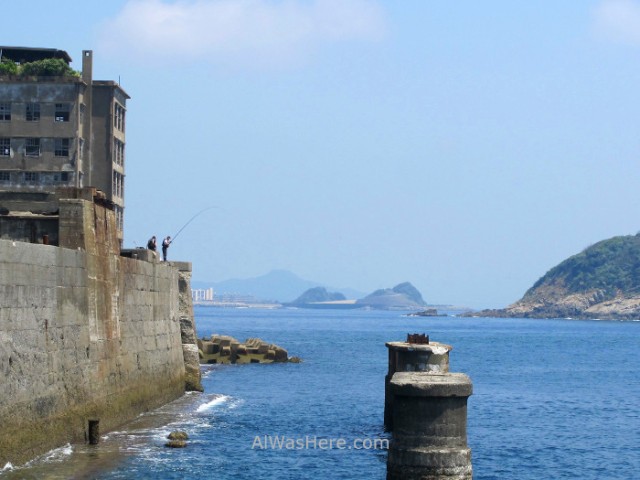
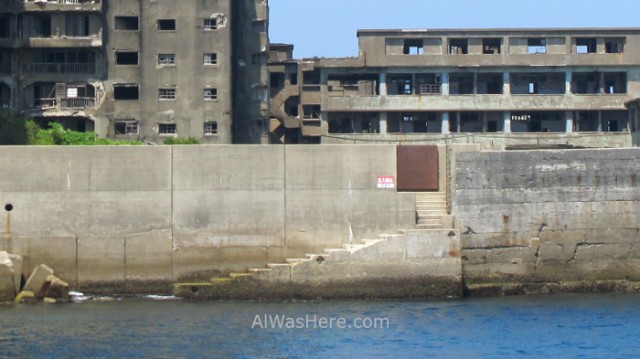
MORE IN NAGASAKI:
<THE STONE BRIDGES, SUWA JINJA, GLOVER GARDEN AND MOUNT INASA ESSENTIAL INFORMATION>
∇ Destinations / ∇ Asia / ∇ Japan / ∇ Kyushu / ∇ Nagasaki

Pingback: HASHIMA (GUNKANJIMA) – Al Was Here
Pingback: NAGASAKI – Al Was Here
Pingback: Japan – Al Was Here
Pingback: KITAKYUSHU: KAWACHI FUJI-EN GARDEN AND ITS WISTERIA TUNNEL – Al Was Here
Pingback: Kyushu (九州) – Al Was Here
Pingback: ESSENTIAL INFORMATION IN KYUSHU: WHEN TO GO, DANGERS AND ANNOYANCES, TRANSPORT – Al Was Here